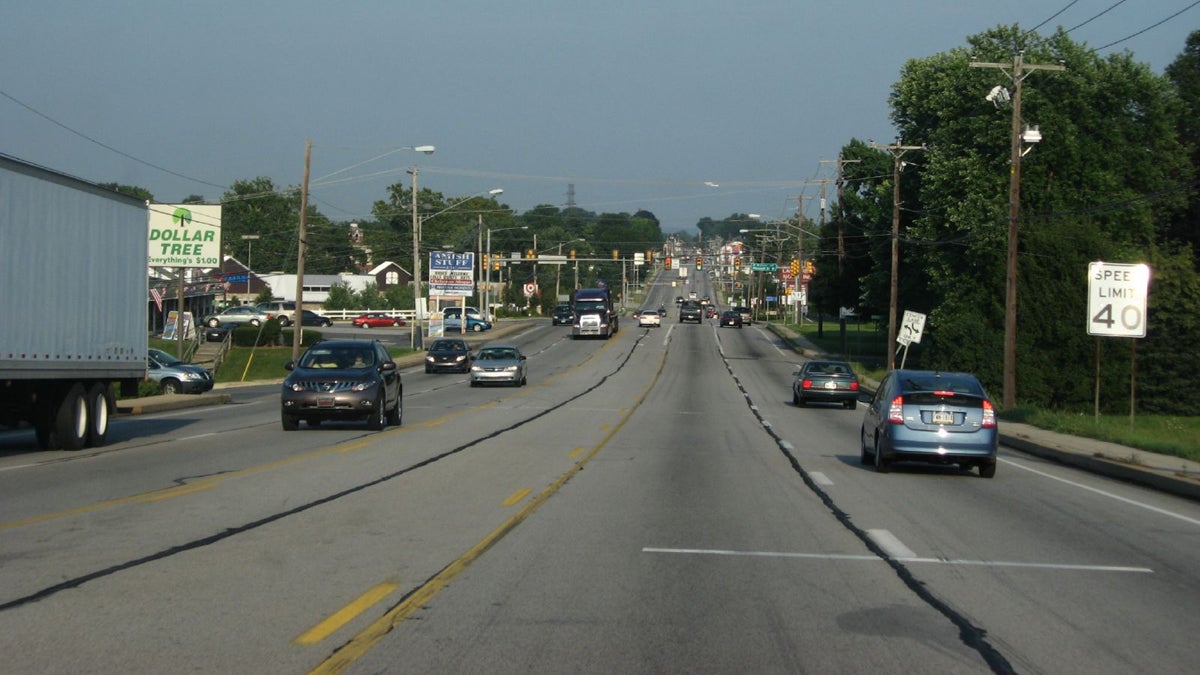Lancaster County has more sprawl than planners had hoped

Suburban sprawl in Lancaster County. (Image courtesy of Flickr user Ken Lund)
…and why those planners say that’s a problem.
The Lancaster County Planning Commission just came out with a report about how the county has changed over the last decade, as Lancaster Online reports. The county is not meeting the commission’s goals for dense urban development.
Specifically, the planning commission has set a goal of building 7 1/2 housing units per acre. But from 2002 to 2015, the county actually built around 4.4 units per acre, and even fewer in some spots. In other words, homes are more spread out.
That phenomenon is known as sprawl, and it means the county is consuming land faster than planners hoped, said James Cowhey, executive director at the commission.
Cowhey says there are a few reasons the county hasn’t met its density goals. For one, zoning codes in certain areas don’t allow for denser development. That’s something the commission is trying to address.
Another reason, Cowhey said, is that “there’s a perception among some people that higher density development is somehow bad development.”
When higher density developments are proposed, people will lobby against them, convincing elected officials to block them, Cowhey says.
For the last 60 or 70 years, the traditional form of development has been single-family homes on a medium or large lot, Cowhey says. That kind of development requires people to drive their cars to go to the grocery store, to school, to restaurants … or anywhere else.
“And so that is what people think of as the type of residential development that’s appropriate,” he said.
And people don’t trust what they don’t understand, he says.
If something is different, residents think “‘it’s gonna affect my property values, and maybe it’ll house people who are different from me,'” Cowhey said, adding that those attitudes have gotten in the way of several proposed developments.
Smart growth
Cowhey is advocating for “smart growth,” a planning approach that favors dense, walkable and bikeable communities over sprawl.
Policies include creating more transit connections and biking facilities, fixing existing infrastructure rather than building new systems in far-flung areas, developing abandoned industrial sites and introducing mixed-use development, where a neighborhood or a building is zoned for multiple uses.
Cowhey says there are benefits to smart growth. One is housing choice: that people will be able to choose between single family homes, apartments, townhouses, duplexes and other options.
“Over the last 10 years or so, about 80 percent of what’s been developed [in Lancaster county] is single-family units,” Cowhey said. “But we know the market is changing. A benefit is that we’re going to be able to meet the market demand for different types of units.”
He added that smart growth — in particular, building homes closer together — gives a municipality a greater return on its investment on various infrastructures.
That’s something other local officials have said, too. In an interview with Smart Growth America, Derry Township Supervisor Sandy Ballard said smart growth is “fiscally prudent,” noting that “when you allow huge developments to be built far from downtown, you have to spend thousands of dollars more on roads, sewers, police, school buses and other utilities and the tax returns per acre don’t pay out.”
A little while back, we interviewed Karin Morris, manager of the Smart Growth office at the Delaware Valley Regional Planning Commission. She pointed out that many Pennsylvania cities are incorporating smart growth policies and looking to build denser communities.
Lancaster, Pittsburgh’s East Liberty Neighborhood, Lower Macungie Township, Dauphin County and Hershey have all been recognized for their smart growth policies.
But the approach does have critics, who say certain smart growth policies could lead to concentrated poverty, and that building denser communities may not actually decrease automobile use, and could actually increase traffic.
In Lancaster County, where people are building homes twice as fast as the state as a whole, planners are hoping they can win those critics over.
WHYY is your source for fact-based, in-depth journalism and information. As a nonprofit organization, we rely on financial support from readers like you. Please give today.


